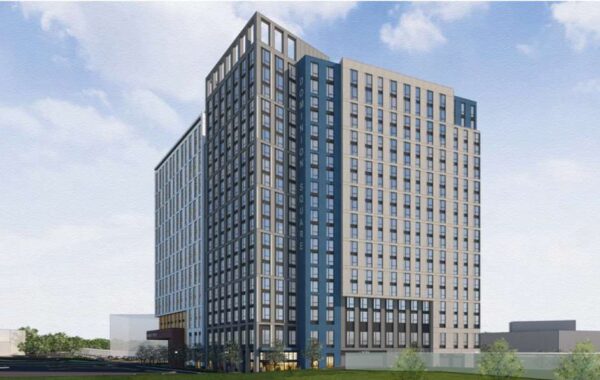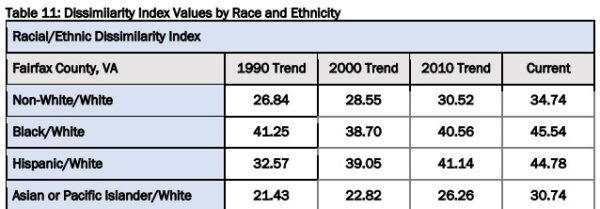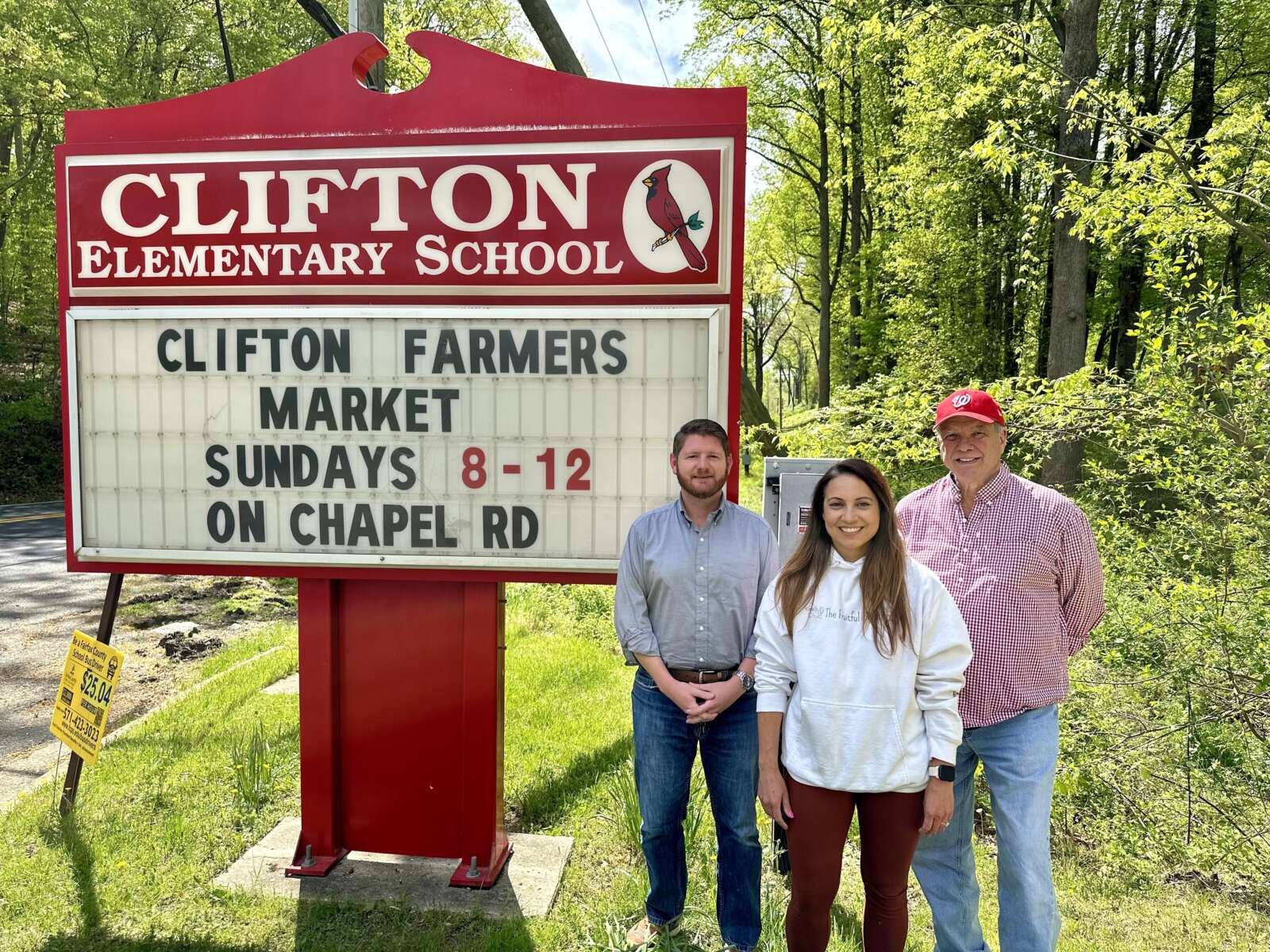
Fairfax County and several other localities have released a draft of the Regional Fair Housing Plan that not only provides some goals for housing, but comes with a look at specific zoning changes that can be made to help achieve those goals.
The plan was put together by a team of representatives from eight localities, including Fairfax County, and a few partner groups. A 60-day public comment period is scheduled to run through March 31, allowing locals to submit their thoughts on the plan.
The plan comes as Fairfax County considers drastic measures to try to boost the supply of affordable housing countywide, including compelling developers to replace affordable housing lost in redevelopment.
The overall goals laid out in the Regional Fair Housing Plan are:
- Increase the supply of affordable housing for families earning at or below 60% of the Area Median Income (AMI) for the region — especially where there hasn’t been any.
- Change zoning and land use policies to expand access to fair housing. Increase the development, geographic distribution, and supply of affordable housing.
- Implement policies to preserve affordable housing and prevent displacement of residents. Keep the same number of existing affordable rental units in our region.
- Increase the number of homeowners in the region and reduce the unequal treatment and discriminatory practices that keep members of protected classes from buying a home.
- Protect the housing rights of individuals who are part of protected groups. For example, people of color, those with disabilities and seniors.
- Increase community integration and reduce housing barriers for people with disabilities.
- Make public transit easier to access and afford for members of protected classes.
Each of the goals comes with strategies for localities to pursue. Some of the potential zoning changes, for example, involve not only reducing limitations on accessory dwelling units (ADUs), but also offering incentives to homeowners who want to build them on their properties.
The plan also lists fair housing goals and strategies for specific localities. For Fairfax County, it suggests:
- Reform the county’s for-sale workforce dwelling unit policy by lowering income requirements and creating a separate policy for high-rise condominiums outside Tysons
- Protect the housing rights of individuals in protected groups
Fairfax County has its own 231-page document in the plan outlining the current state of affordable housing, a history of affordable housing policies, and what work remains ahead. The document includes a detailed breakdown of economic stratification in the county.
According to the report, Black and white communities in Fairfax County are “moderately” segregated. In fact, the county’s white residents are more segregated from non-white residents than at any point since 1990.

According to the document:
Fairfax County’s highest priority should be to work to expand the housing choices of existing and potential new residents beyond the neighborhoods dominated by their own race or ethnicity. It needs to make African Americans aware that housing is available to them throughout Fairfax County. It needs to make Asians and Hispanics aware that housing is available to them outside enclaves in which concentrations have developed. It needs to expand the housing choices of Caucasians to include racially integrated neighborhoods. If White households do not continue to move into integrated neighborhoods, these neighborhoods inevitably resegregate.
Beyond just increasing the supply of affordable units, the plan makes policy suggestions aimed at making housing more accessible to seniors, people with disabilities, and other protected classes.
One strategy involves creating a loan fund to help tenants, nonprofit groups and local governments buy apartments and manufactured home parks that are for sale.
“Adopt design standards that require accessible units in new multifamily developments that receive public funds,” the document said. “10% of all units must be accessible to people with mobility disabilities and at least 4% for those with hearing and/or vision disabilities.”
Recent Stories

The Gillion Academy’s Home School Basketball Program begins Fall 2024 for 7th – 12th Grade student-athletes to complete their online academic studies in a supervised and focused setting while receiving elite training from our professional basketball trainers at The Gillion Basketball Academy, a state of the art training facility in Springfield, Va. We have developed over 200 college athletes and placed over 50 players in the NBA and pro leagues overseas and provide the same level of training for our student-athletes.
We will have a virtual Open House Zoom on May 6th at 7:30PM so please go to our website to learn more about us and to fill out an interest form and register for the event and learn about the top training facility in the DMV area.
Any questions please email our Director at philip.budwick@gil-lionbasketballacademy.com.

For many remote workers, a messy home is distracting.
You’re getting pulled into meetings, and your unread emails keep ticking up. But you can’t focus because pet hair tumbleweeds keep floating across the floor, your desk has a fine layer of dust and you keep your video off in meetings so no one sees the chaos behind you.
It’s no secret a dirty home is distracting and even adds stress to your life. And who has the energy to clean after work? That’s why it’s smart to enlist the help of professionals, like Well-Paid Maids.
Pedal with Petals Family Bike Ride
Join us on Saturday, May 11th and ride into spring during our Pedal with Petals Family Bike Ride. Back for its second year, Pedal with Petals is going to be bigger than ever. This year’s event will include both an
Encore Creativity for Older Adults at Capital One Hall
Encore Creativity for Older Adults is pleased to raise the curtain and welcome community members to its spring concert at Capital One Hall in Tysons, VA on May 4, 2024. The concert, which starts at 3 PM, will bring hundreds







